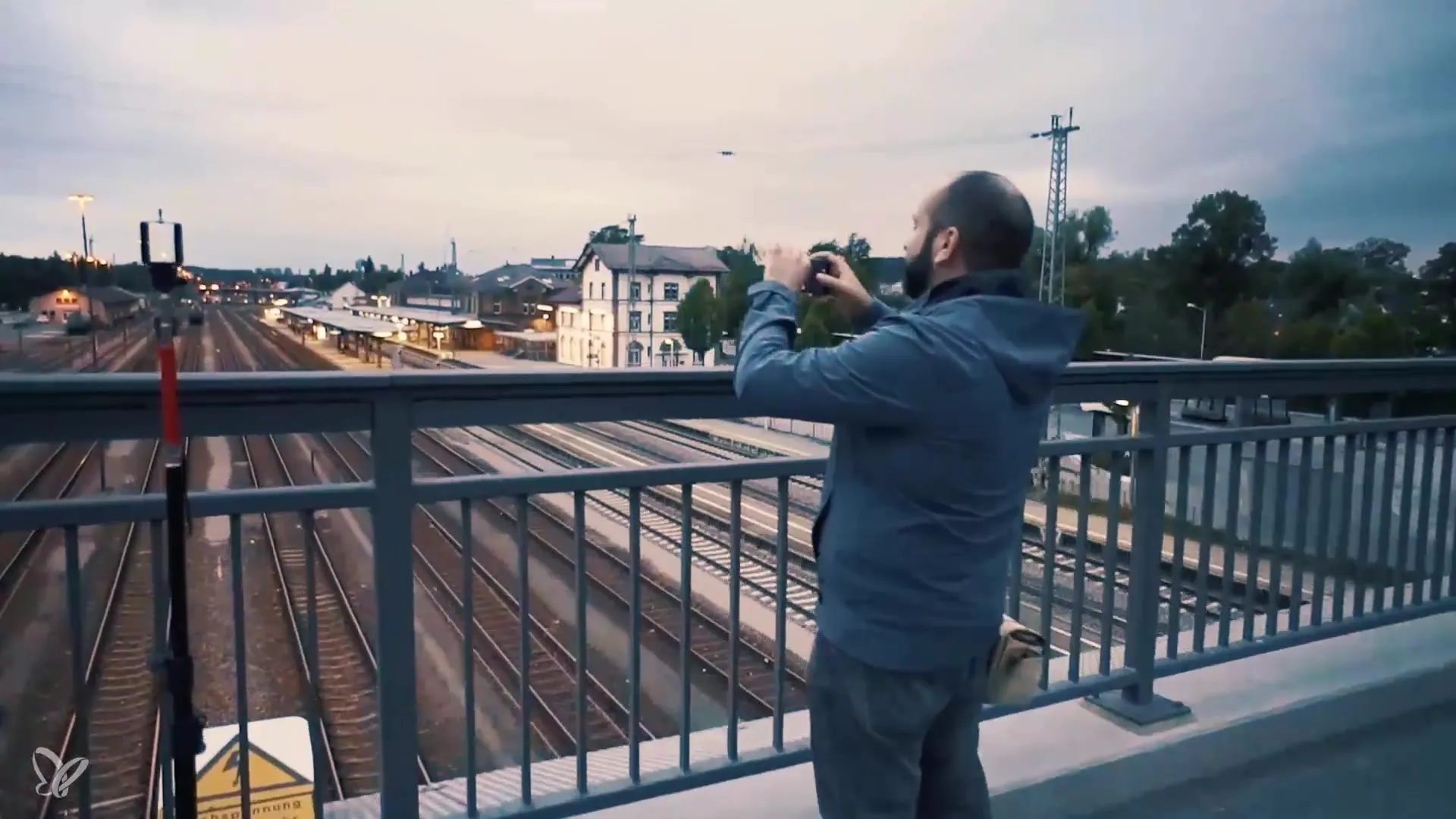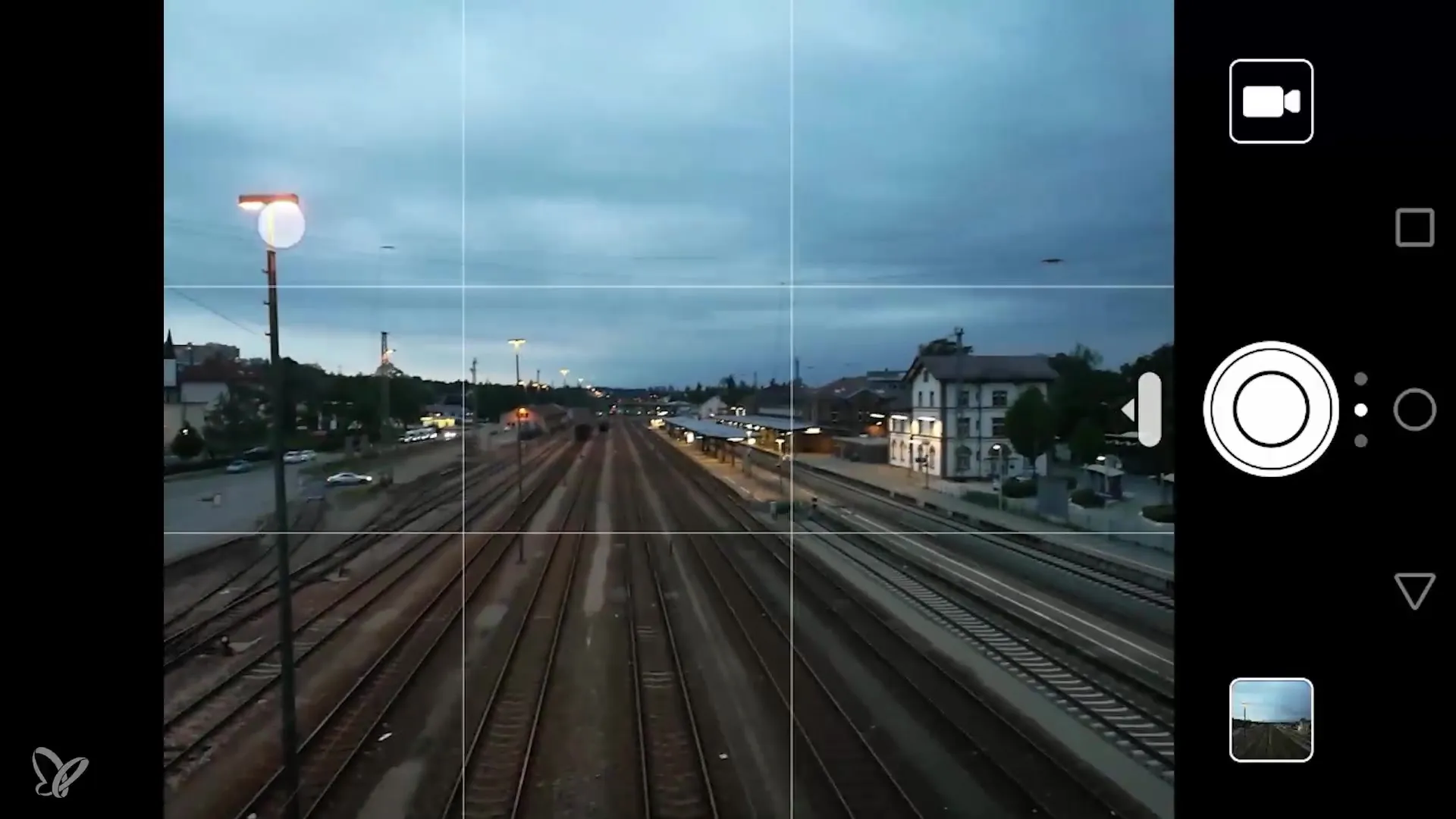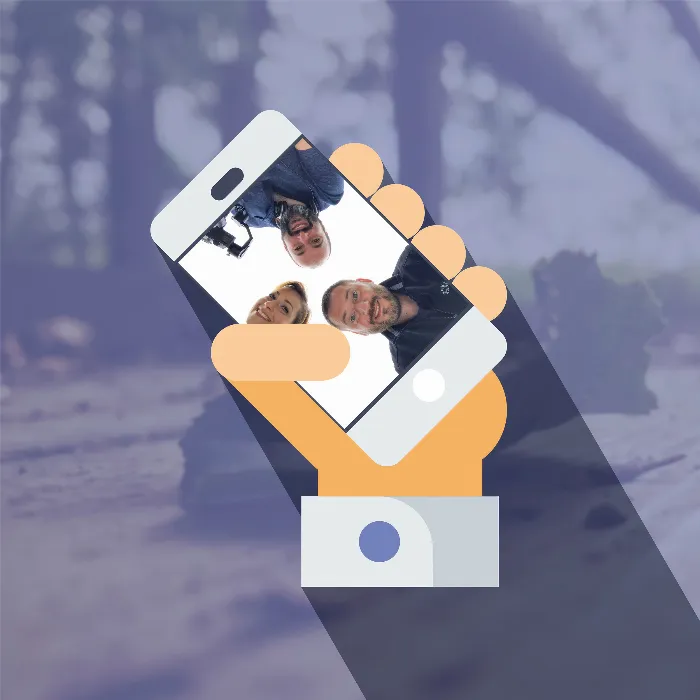The fascinating moment of the blue hour, when the sky takes on a deep, rich shade of blue, offers you as a photographer the opportunity to create stunning images. Especially at night, many smartphone cameras reach their limits. In your quest for the perfect shot during this fleeting time of day, I will show you how to optimally expose your images and which techniques can help you overcome the darkness. Let's take your smartphone photography to the next level together.
Key insights
- Use a tripod for longer exposure times in low light conditions.
- Always expose for the brightest part of your scene to keep the dark areas clearer.
- Manual settings allow for more precise control over ISO and exposure time.
- Experiment with your camera's night modes for optimal results.
- Post-processing can help optimize exposure if your shots are too bright.
Step-by-step guide
1. Preparing for the blue hour
To make the most of the blue hour, you should be well-prepared. Check the weather conditions and the exact time for sunset to be on-site in time. This gives you the opportunity to try out different perspectives and compositions as the light continually changes.
2. Using a tripod
To ensure sharpness when shooting in darkness, a tripod is essential. With long exposure times needed to capture enough light, holding the smartphone can lead to blurry images. Use a compact tripod that you can easily transport.
3. Adjusting exposure
When you start taking your first shots, it's important to deliberately expose for the brightest point of the scene. This ensures that the darker areas are not underexposed and thus lacking in detail. At this stage, it's useful to aim your camera at a bright area to get the correct exposure setting.
4. Using the Pro mode
In your camera's Pro mode, you have control over ISO, exposure time, and other settings. Keep ISO as low as possible to reduce noise. Often, ISO 200 is a good choice for achieving acceptable image quality. Experiment with exposure time until you reach the optimal result for the specific scene.
5. Using a remote trigger
To avoid camera shake caused by pressing the shutter button, you should use a remote trigger. This is especially important for longer exposure times to ensure the camera remains still. A simple Bluetooth remote trigger can be a lifesaver here.
6. Trying out night shooting
Some smartphones have a special night mode that automatically selects the best settings to achieve optimal results in low-light conditions. Experiment with this feature and take a shot that is automatically exposed over a period of ten seconds.
7. Review and adjustment
Once you have taken the first images, carefully review them. Check whether they have the correct exposure and the desired detail in both the brighter and darker areas. Depending on the required brightness, you can adjust the shot to ensure you achieve the best possible result.

8. Post-processing as key
If you find that some of your shots are too bright or too dark, don't hesitate to edit them with a post-processing app. Here you can adjust the brightness and (if available) utilize contrast adjustments to achieve the desired effects. In this case, the rule is: try to overexpose more cautiously in the camera and correct later.

Summary - Smartphone Photography: Tips for the Blue Hour at the Train Station
The blue hour is a unique moment for photographers to capture impressive shots. With the right technique and suitable settings, you can master the challenges of night photography and capture the beauty of this special time. With a tripod, manual exposure, night modes, and targeted post-processing, you are well-equipped to create stunning images that reflect the magical atmosphere after sunset.
Frequently Asked Questions
How do I expose best at night?Expose for the brightest part of the scene to keep darker areas clear.
Should I photograph in automatic mode?In Pro mode, you have more control over ISO and exposure time.
How important is a tripod?A tripod is crucial for sharp images during longer exposure times.
Can I take good night shots with any smartphone?Older smartphones often struggle to capture detailed images in low light.
Is post-processing necessary?Often yes, to optimize exposure and make the most of your shots.


